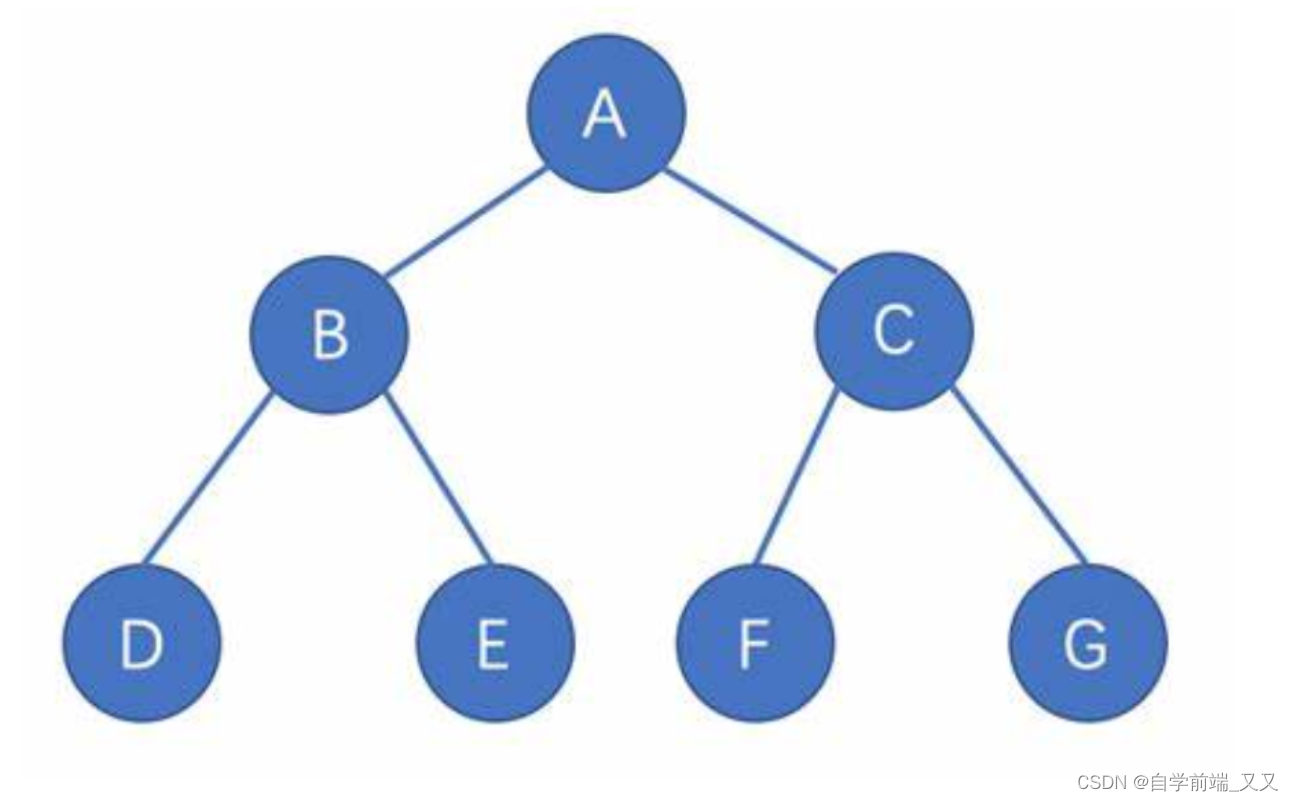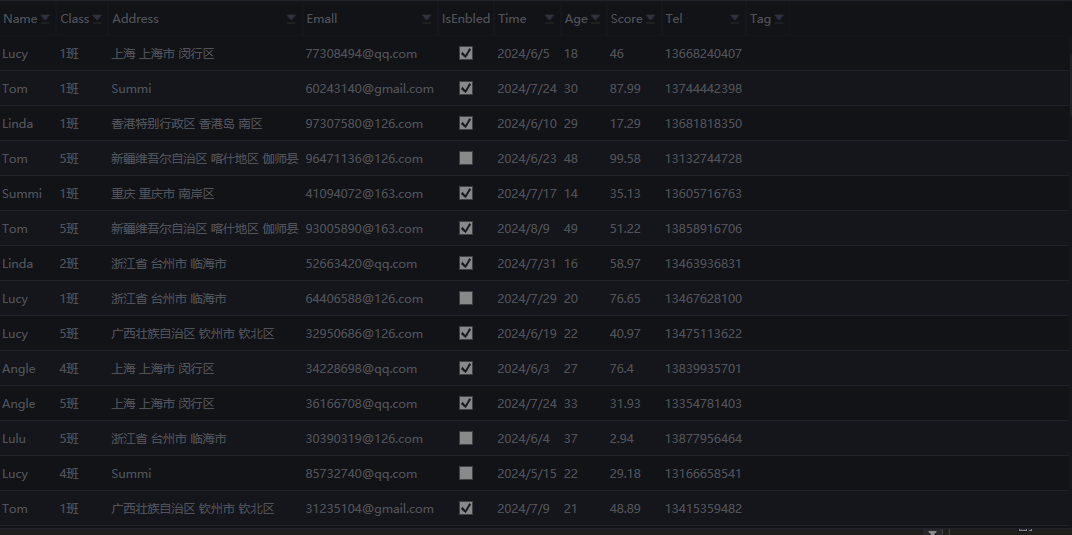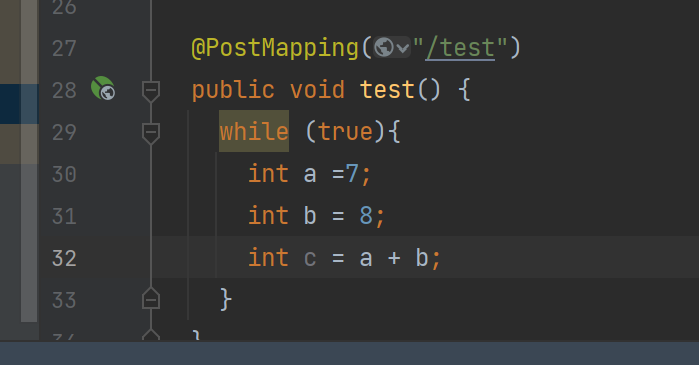文章目录
- 一、下载imagenet2012数据集
- 二、转换imagenet数据集格式
ImageNet数据集可以直接从ImageNet官方网站获取数据,但通常需要注册并遵守使用协议。另外,由于数据集较大,往往下载需要花费大量的时间空间,而通过huggingface下载数据集的方法不仅速度相对较快,而且能够直接从服务器远程进行下载。其中在huggingface官网下载模型或数据集的方法可以参考我之前的文章:huggingface学习 | 云服务器使用hf_hub_download下载huggingface上的模型文件。
一、下载imagenet2012数据集
huggingface官网上的imagenet2012数据集:https://huggingface.co/datasets/ILSVRC/imagenet-1k

可以看到这个数据集里包括训练集、验证集和测试集的所有数据,其中训练集分成了四个压缩包:

运行下面代码即可将训练集下载到local_dir指定的文件夹中:
import os
# 注意os.environ得在import huggingface库相关语句之前执行。
os.environ["HF_ENDPOINT"] = "https://hf-mirror.com"
from huggingface_hub import hf_hub_download
def download_model(repo_id,filename,subfolder):
local_dir = r'imagenet2012'
print(f'开始下载\n仓库:{repo_id}\n大模型:{filename}\n如超时不用管,会自定继续下载,直至完成。中途中断,再次运行将继续下载。')
while True:
try:
hf_hub_download(local_dir=local_dir,
repo_id=repo_id,
token='你的huggingface用户信息',
filename=filename,
subfolder=subfolder,
repo_type='dataset',
local_dir_use_symlinks=False,
resume_download=True,
etag_timeout=100
)
except Exception as e :
print(e)
else:
print(f'下载完成,大模型保存在:{local_dir}\{filename}')
break
if __name__ == '__main__':
repo_id ='ILSVRC/imagenet-1k'
filenames1 = ['train_images_0.tar.gz','train_images_1.tar.gz','train_images_2.tar.gz','train_images_3.tar.gz','train_images_4.tar.gz']
subfolder = 'data'
for filename in filenames1:
download_model(repo_id,filename,subfolder)
二、转换imagenet数据集格式
将上面下载得到的压缩包解压缩即可得到所有的图片,即一个文件夹里包含所有的图片。然而在进行深度学习任务时,往往需要将每张图片与其类别对应起来。因此需要转换为以下格式:

使用以下代码即可将文件夹转换为上述格式:
import os
import shutil
def split_by_nth_separator(string, separator, n):
parts = string.split(separator)
return separator.join(parts[:n]), separator.join(parts[n:])
def move_and_rename_images(source_dir, target_dir):
# 遍历源文件夹中的文件
for filename in os.listdir(source_dir):
source_file = os.path.join(source_dir, filename)
# 检查是否为文件且为图片文件
if os.path.isfile(source_file) and filename.lower().endswith('.jpeg'):
print(f'filename={filename}')
folder_name=split_by_nth_separator(filename,'_',2)[1].split('.')[0]
new_filename=split_by_nth_separator(filename,'_',2)[0]+'.JPEG'
target_folder=os.path.join(target_dir,folder_name)
print(f'folder_name={folder_name}',f'new_filename={new_filename}',f'target_folder={target_folder}',sep='\n')
# 确保目标文件夹存在
if not os.path.exists(target_folder):
os.makedirs(target_folder)
# 构造目标文件路径及新文件名
target_file = os.path.join(target_folder, new_filename)
# 移动文件并重命名
shutil.move(source_file, target_file)
print(f"Moved and renamed: {source_file} -> {target_file}")
# 指定源文件夹和目标文件夹路径
source_directory = 'imagenet2012/train_1' #图片数据所在文件夹
target_directory = 'imagenet2012/train' #处理之后的文件夹
# 调用函数
move_and_rename_images(source_directory, target_directory)

![[数据概念|方案实操]清华数据大讲堂5-数据要素化治理的理论方法与工程实践](https://img-blog.csdnimg.cn/img_convert/61b5f259aa82f2beae5f292de0eb3b27.jpeg)

![[图解]建模相关的基础知识-16](https://img-blog.csdnimg.cn/direct/a913e98259a04f2cb2b1f1e96e7cfddd.png)















